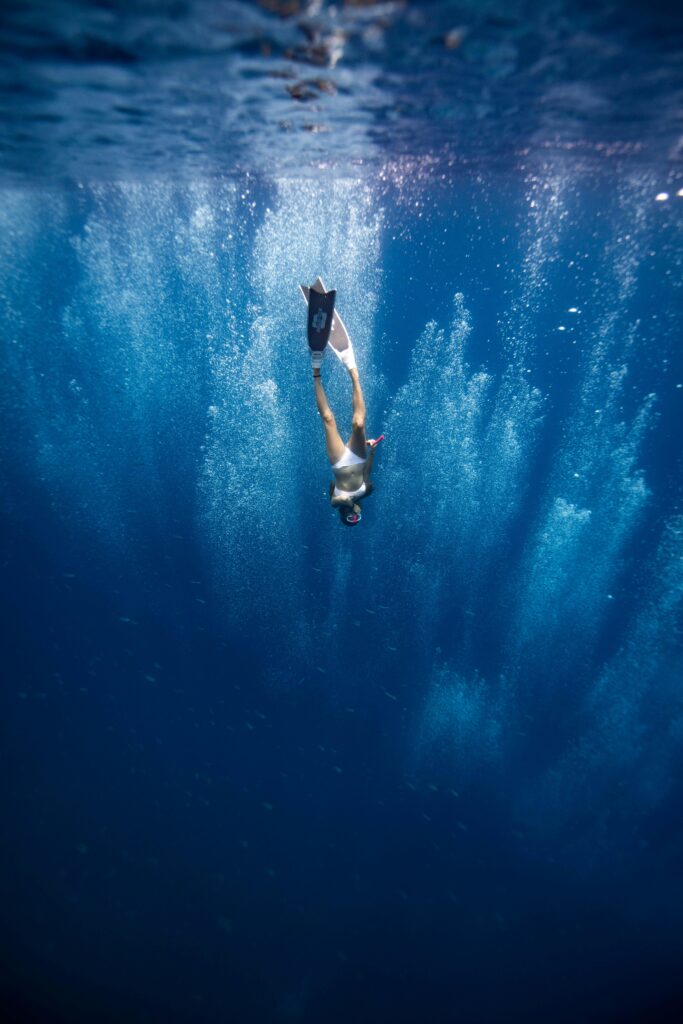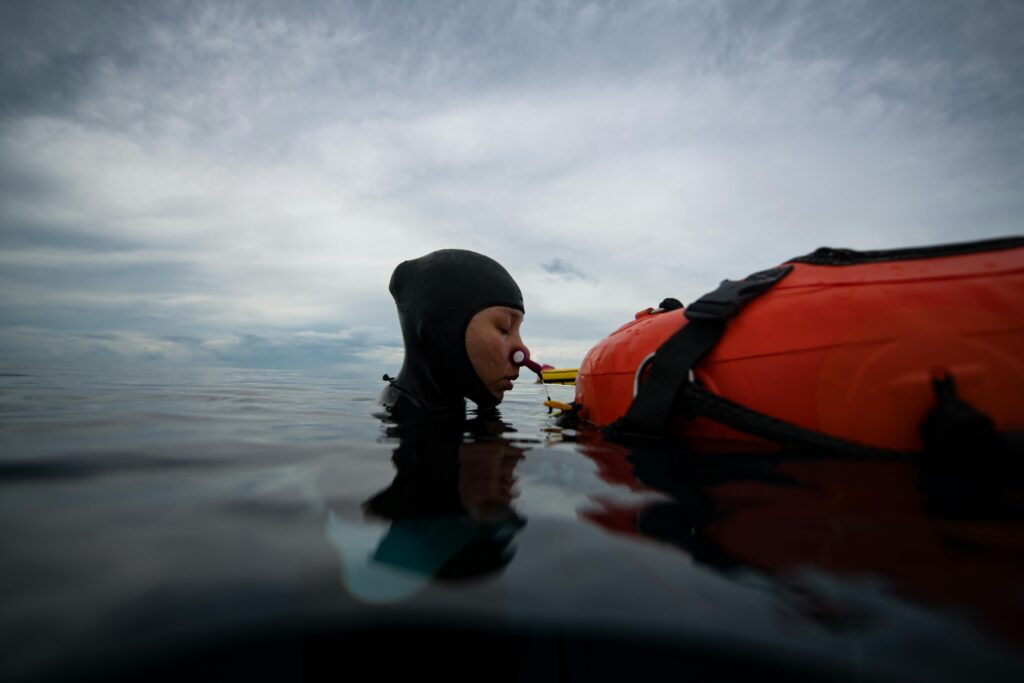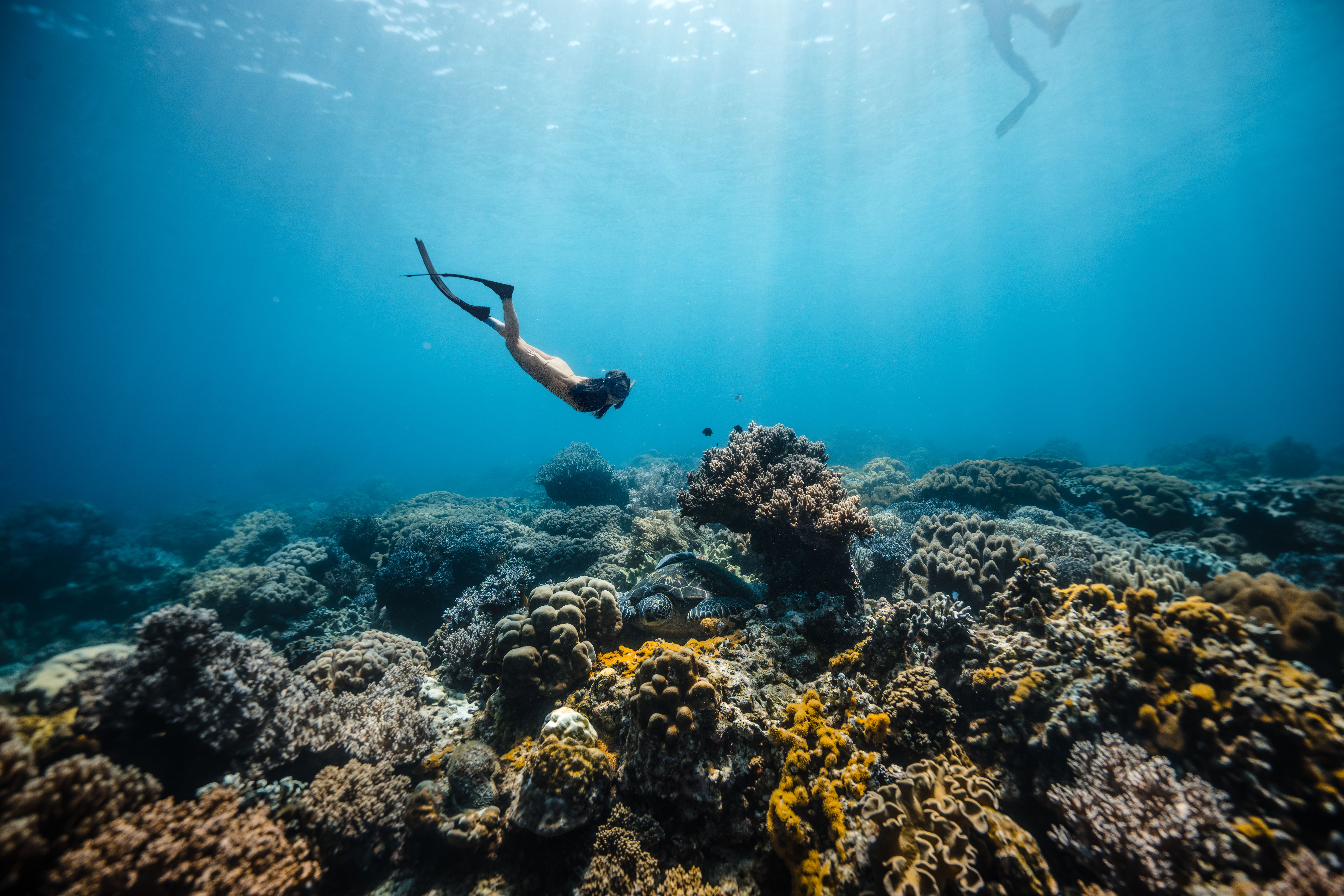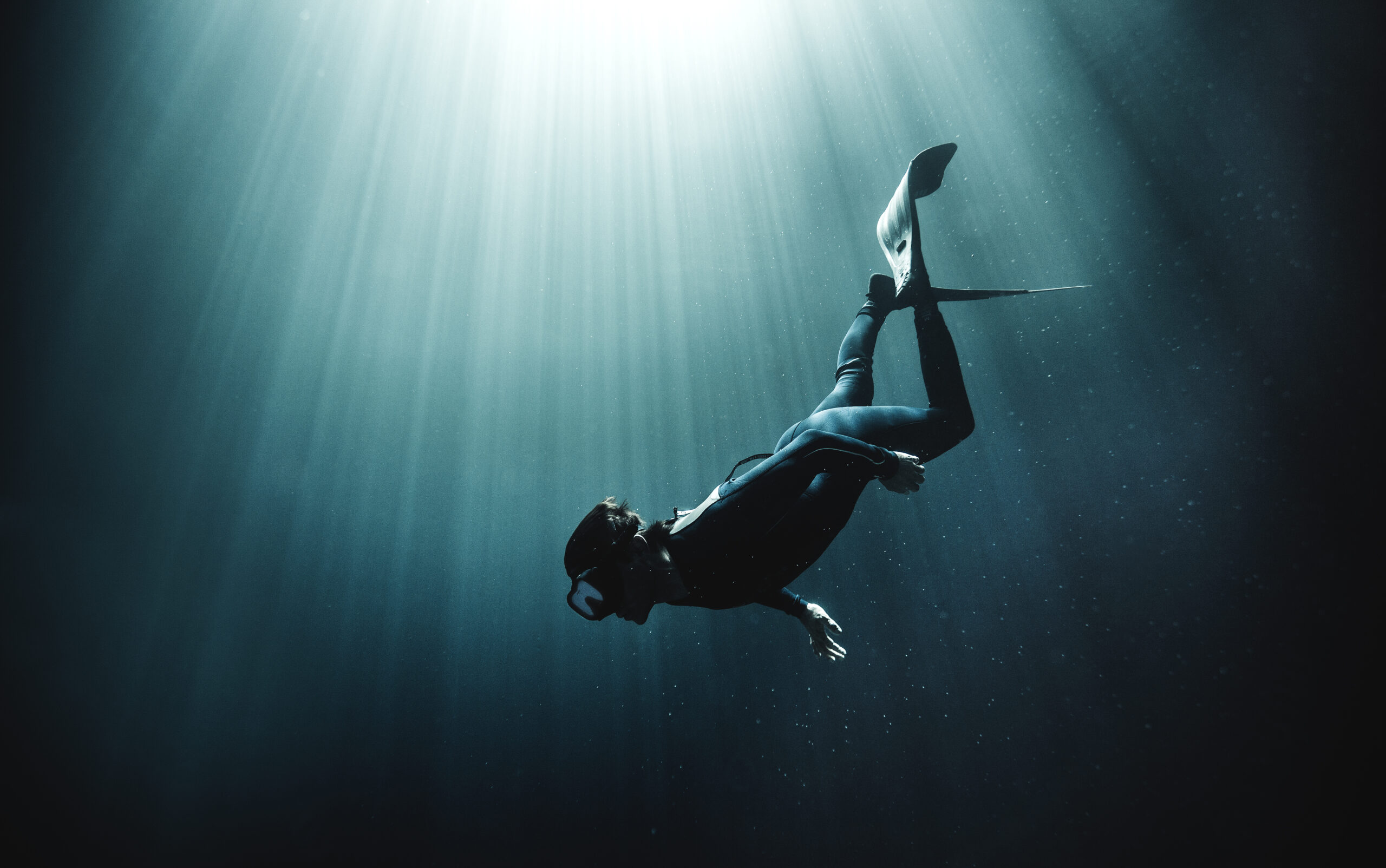The thrill of freediving is undeniable. The feeling of weightlessness, the silence of the underwater world, and the challenge of pushing your limits are all part of the allure. But, with all extreme activities, there are risks involved, and one question that often arises is: Can you get the bends from freediving? In this article, we’ll explore the possibility of developing decompression sickness, commonly known as the bends, from freediving and what you can do to minimize your risk.

Understanding Decompression Sickness
Before we dive into the specifics of freediving and the bends, it’s important to understand what decompression sickness is. Decompression sickness occurs when nitrogen bubbles form in the body’s tissues and bloodstream. This can happen when a diver ascends too quickly after spending time at depth under pressure. The most prominent symptom of decompression sickness is joint pain, but it can also include dizziness, headache, difficulty breathing, and extreme fatigue.
What Causes Nitrogen Bubbles?
Nitrogen bubbles form as a result of changes in pressure. While diving, the body absorbs nitrogen from the breathing gas based on the surrounding pressure. When the pressure decreases too rapidly during ascent, the nitrogen comes out of solution and forms bubbles in the tissues and blood.
Is Decompression Sickness a Concern for Freedivers?
Decompression sickness is traditionally associated with scuba diving, where divers breathe compressed air or other gas mixtures at depth for extended periods. This increases the amount of nitrogen absorbed by the body. Freedivers, on the other hand, hold their breath, which limits the amount of nitrogen they can absorb. So, can freedivers get decompression sickness?
Can You Get the Bends from Freediving?
The short answer is yes, but it’s rare. Freediving involves diving on a single breath without the aid of breathing apparatus, which limits the depth and duration one can dive compared to scuba diving. Consequently, the risk of decompression sickness in freediving is significantly lower than in scuba diving, but it is not nonexistent.
Factors That Increase the Risk
Certain practices in freediving can increase the risk of nitrogen bubbles forming, even without breathing compressed air. These include:
- Repetitive Deep Dives: Performing multiple deep dives with short surface intervals can lead to a buildup of nitrogen in the body, similar to what occurs in scuba diving.
- Extended Breath-holding: Extended breath-hold times at depth can increase the body’s nitrogen absorption.
- Reverse Profiles: Diving to a deeper depth on a subsequent dive than the initial dive can increase the risk of decompression sickness.
Recognizing Symptoms in Freedivers
The symptoms of decompression sickness in freedivers are similar to those in scuba divers. The most prominent symptom of decompression sickness is joint pain, but it can also include tingling or numbness, fatigue, and in severe cases, neurological symptoms.
Preventing Decompression Sickness in Freediving

While the risk of getting the bends from freediving is low, it’s still important to follow best practices to minimize the danger.
Proper Breathing Techniques
Learning and practicing proper breathing techniques is crucial for safely managing breath-holds and ascents. Deep, relaxed breathing before a dive helps oxygenate the blood and tissues, and controlled breathing upon surfacing aids in the elimination of any excess nitrogen.
Gradual Ascent Rates
A slow and controlled ascent is vital for allowing the body to adjust and reduce the pressure gradually, giving any nitrogen absorbed the opportunity to be eliminated safely.
Adequate Surface Intervals
Allowing sufficient time on the surface between dives gives your body time to off-gas any nitrogen that may have built up during the previous dive. This is especially important after deeper or longer dives.
Dive Planning and Limitations
Understanding and respecting personal limits and diving within them is essential. It’s also beneficial to plan dives so that the deepest dive is the first of the day, followed by progressively shallower dives.
Staying Hydrated
Dehydration can increase the risk of decompression sickness. Freedivers should ensure they are well-hydrated before diving, which helps to maintain blood circulation and promotes the elimination of nitrogen.
Avoiding Risk Factors
Certain factors can increase the risk of decompression sickness, such as flying or traveling to high altitudes soon after diving, excessive alcohol consumption, and strenuous exercise after diving. These should be avoided to reduce the risk of developing the bends.
Treatments for Decompression Sickness
In the rare event that a freediver does experience symptoms of decompression sickness, immediate medical attention is required. The primary treatment is recompression therapy in a hyperbaric chamber, which involves breathing oxygen under pressure to help reduce the size of nitrogen bubbles and promote their elimination from the body.
The Role of Education and Awareness
The best way to prevent decompression sickness in freediving is through education and awareness. Freedivers should receive proper training from certified instructors who can provide guidance on safe diving practices, risk management, and emergency procedures.
Conclusion
While the risk of getting the bends from freediving is relatively low compared to scuba diving, it is still a possibility, especially when engaging in practices that increase nitrogen absorption. By understanding the factors that contribute to decompression sickness and adhering to safe diving protocols, freedivers can significantly reduce their risk and enjoy the beauty of the underwater world with peace of mind.
Remember, safety should always be the priority. By respecting the ocean, your body, and the limits of breath-hold diving, you can ensure that each freediving experience is both exhilarating and secure.


